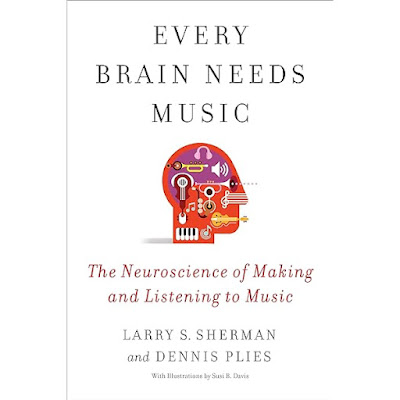Space Rover
Stewart Lawrence Sinclair. 2024. Bloomsbury Publishing Inc. [ISBN 978-1-5013-9995-4 159 pages, including index. US$14.95 (softcover).]
What are space rovers and what can they do for us? We generally think of a “space rover” as a machine to explore matter in outer space, but space rovers are also used to clean up nuclear waste like the 1986 Soviet Chernobyl site or serve as search and rescue vehicles for wreckage underwater like that of the Titanic or the more recent Oceangate Titan submersible. In the fictitious world of Disney, a space rover is a humanized robot “Wall-E” (Waste Allocation Load Lifter–Earth class) designed to manage collective waste on a dead Earth. Stewart Lawrence Sinclair does not open Space Rover with any mention of these topics. He does open the book with a description of the wreckage left on his step-grandfather’s ranch from the 2017 Ventura Thomas fire. While the book is dense with the history of planet exploration and details about all outer space rovers on both Mars and the Moon, Sinclair introduces the topic with a description of photos from of his step- grandfather. The photos include early equipment from NASA; original prototypes of lunar roving vehicles; and platforms that conveyed spacecrafts to the launch tower from the vehicle assembly building.
Sinclair recounts the history of space rovers through anecdotal stories from his life. In the first half of the book, he focuses on his father’s blended family’s work on moon rovers. The second half of the book focuses on information about Mars rovers and Sinclair’s relationship with Mr. Cooper, his mother’s childhood neighbor, who became a brilliant mentor and inspiration to Sinclair. The book is dedicated to him at the front.
One main function of a space rover is to collect samples of terrain for analysis on earth. These samples can provide geological information about the physical environment being explored. This can result in a theory of creation like that of the moon by the crew of the Apollo 15. Besides contributing to this discovery, lunar vehicles on the Apollo 15 mission also expanded the area they were able to explore, and the complexity of scientific equipment and communication they were able to employ.
With the utilitarian function of space rovers as scientific instruments, their use introduces philosophical and ethical questions about our role as humans in the universe. These questions are not new: Sinclair reviews the book “On the Silver Globe” (1903) by Jerszy Zulawski about adventurers on a quest to the Moon in search of Utopia (p. 21). Although this book was published over a hundred years ago, the questions it explores foreshadow current issues in exploration and astronomy.
Sinclair concludes his historical and factual recount of space rovers with a summary of the current philosophical issues with rovers. Humans yearn for something beyond us.
Julie Kinyoun
Julie Kinyoun is an on-call chemistry instructor at various community colleges in Southern California. An avid reader, she enjoys reviewing books that help her become a better educator.







